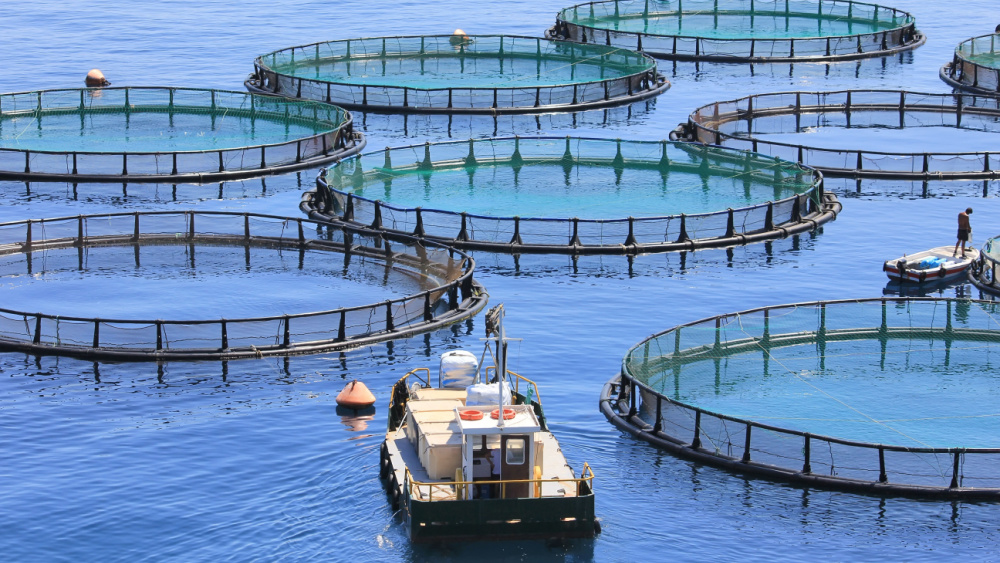EU aquaculture in 2021: 1.1 million tonnes farmed

In 2021, an estimated 1.1 million tonnes of aquatic organisms were farmed in the EU, valued at €4.2 billion. Aquaculture, also known as aquafarming, involves the controlled cultivation of fish, molluscs, and crustaceans.
Four EU countries collectively accounted for about two-thirds (68%) of the total production of farmed aquatic organisms in 2021: Spain 25%, France 17%, and both Italy and Greece 13%.
Nevertheless, production within the EU was less than that of Norway, where 1.6 million tonnes of aquatic organisms were produced, most of which was farmed salmon.
Source dataset: fish_aq2a
Production in the EU is focused primarily on finfish species (such as trout, seabream, seabass, carp, tuna, and salmon) and molluscs (including mussels, oysters, and clams), which together accounted for almost all of the aquaculture production by weight in 2021. Different aquatic organisms command different prices. The production value of trout and seabass in 2021 was higher than other species in the EU (each accounting for a 14% share of the total value of the EU’s aquatic farming in 2021).
Source dataset: fish_aq2a
There is a high degree of aquaculture specialisation within the EU. Spain produced about 7 in every 10 tonnes of the EU’s farmed Mediterranean mussels in 2021. France farmed most the EU’s Pacific cupped oysters (88% of the total) and was the main provider of the EU’s farmed blue mussels (45% of the total). Italy produced the vast majority (92%) of the EU’s farmed Japanese carpet shell. Greece produced most of the EU’s farmed gilthead seabream (69% of the total) and European seabass (53%). Farmed Atlantic bluefin tuna was most produced in Malta (72% of the EU total), while Ireland was responsible for almost all the farmed salmon in 2021 (96%).
For more information
- Statistics explained article on aquaculture statistics
- Thematic section on fisheries statistics
- Database on fisheries
If you have any queries, please visit our contact us page.


